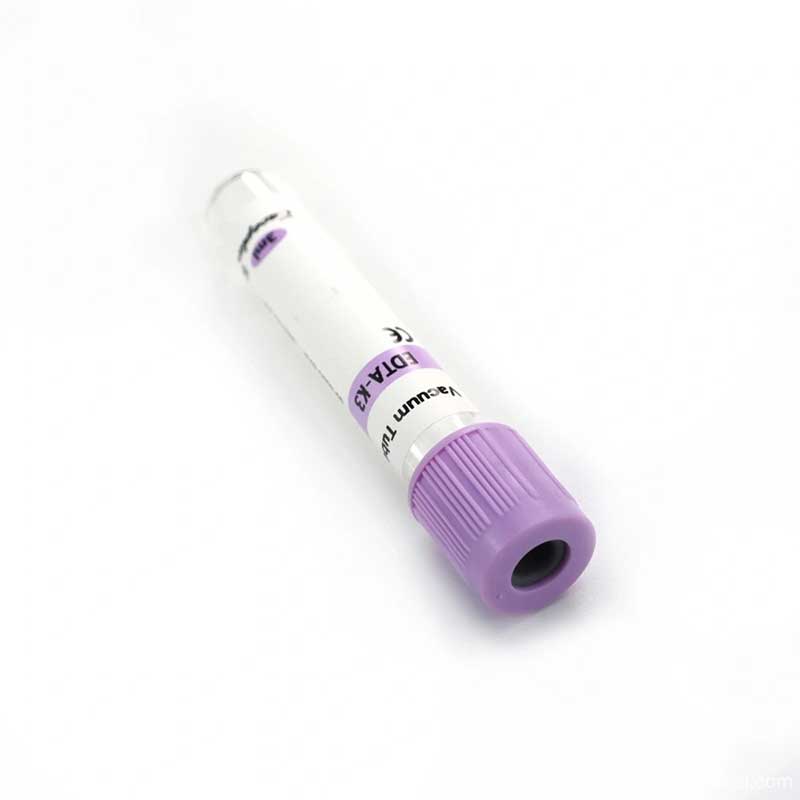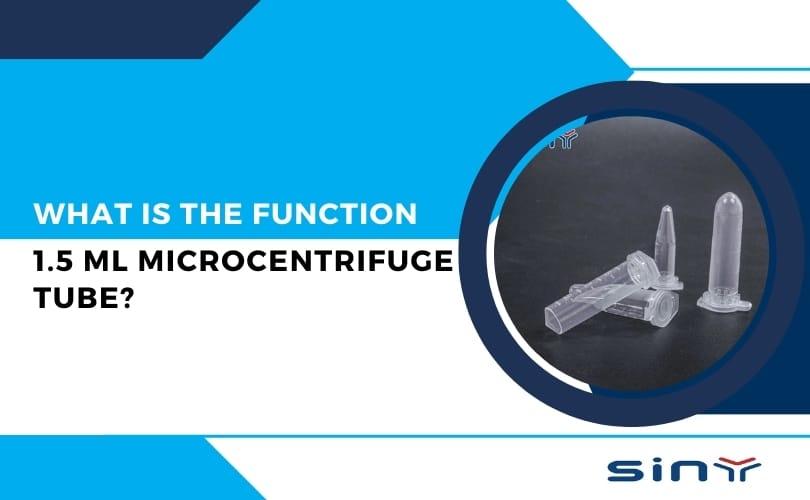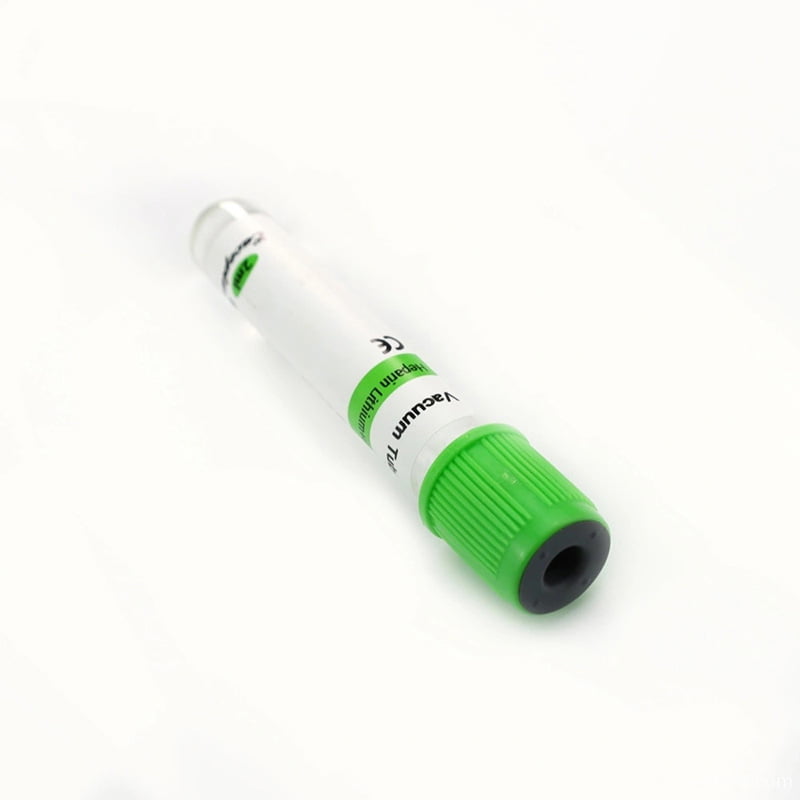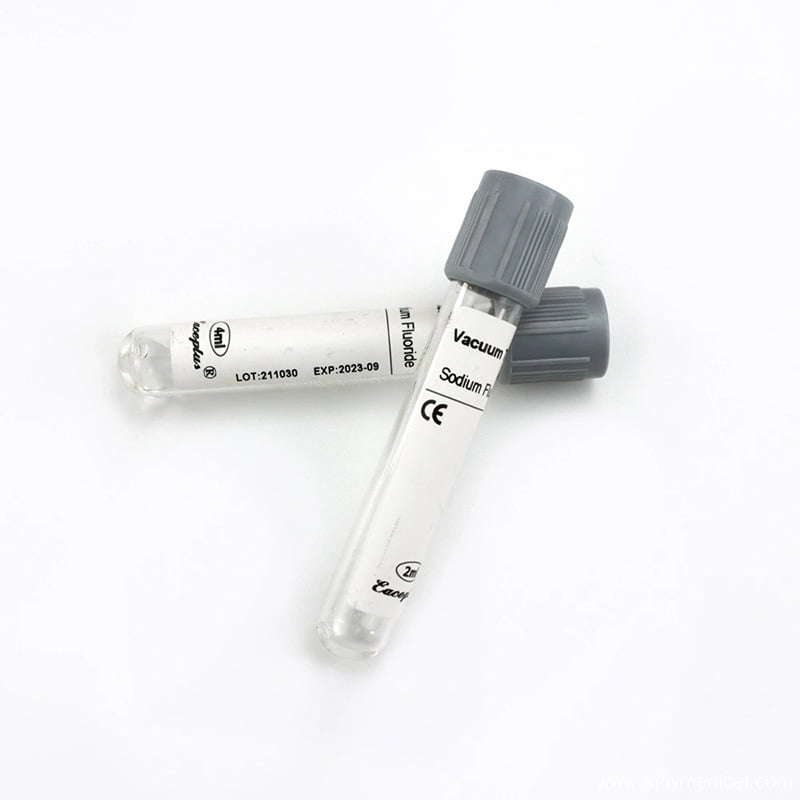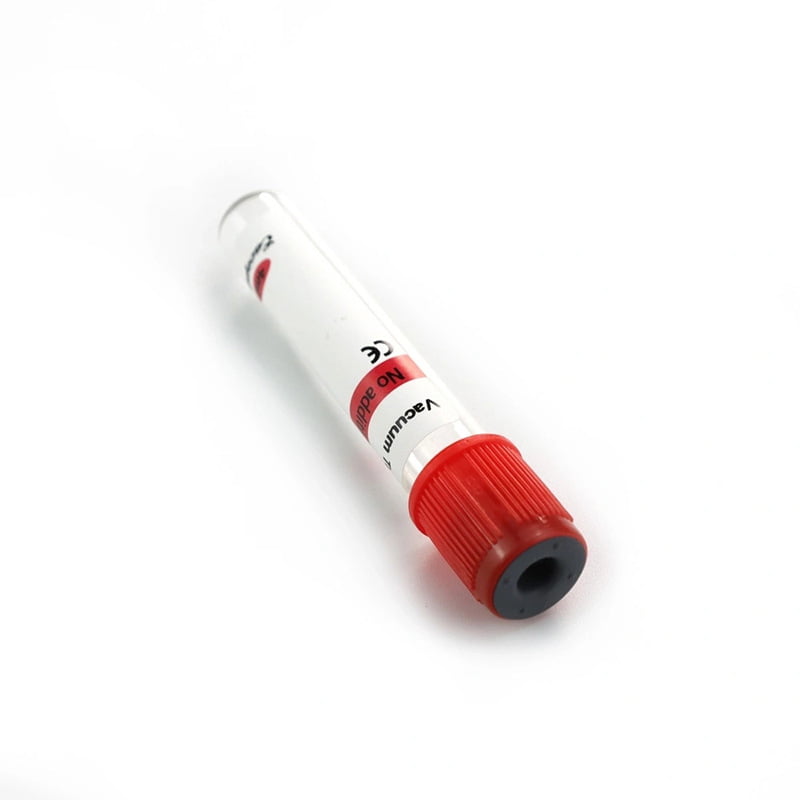Capillary action is the fundamental principle that underpins the functioning of capillary tubes. This phenomenon occurs when a liquid, like blood, is drawn into a small-diameter tube due to the combination of adhesive and cohesive forces. The tube’s narrow bore and the natural cohesion of blood molecules allow for easy sample acquisition.
Table of Contents
Understanding Capillary Tubes
Capillary tubes for blood collection are slender, cylindrical glass or plastic tubes used in medical and scientific applications. Their name stems from their resemblance to capillaries, the smallest blood vessels in our body. In the realm of blood tests, these tubes play an invaluable role.
Typically, they are used for collecting small blood samples. A fingertip or heel prick often provides the blood. You might wonder, Why not use a regular syringe? Well, for many tests, only a tiny blood sample is needed. And that’s where these tubes come in handy.
Why Capillary Blood Sampling?
Capillary blood sampling offers distinct advantages. First, it’s less invasive. A simple prick does the job instead of a needle puncturing a vein. This makes the process less daunting, especially for kids or those fearful of needles.
Secondly, capillary sampling is efficient. This method speeds things up in clinics or places where quick results are essential. After the prick, blood rises to the skin’s surface. It’s then collected with the tube through capillarity—the tube’s ability to draw the fluid in.

Benefits of Capillary Tubes
Accuracy and Reliability
Capillary tubes yield accurate results, making them ideal for various medical tests. The small sample size ensures the collected blood represents the patient’s condition, enabling precise diagnostic outcomes.
Less Invasive for Pediatric Patients
Children often experience anxiety during venous blood collection tube. Capillary tubes offer a less intimidating option, requiring only a tiny puncture and minimal discomfort.
Reduced Risk of Contamination
Since micro capillary tubes are single-use and disposable, the risk of cross-contamination between patients is significantly diminished. This aspect is crucial for maintaining a sterile and safe healthcare environment.
Easier Handling and Storage
Capillary tubes are compact and lightweight, simplifying storage and transportation. Their small size makes them suitable for point-of-care testing, especially in resource-limited settings.
Application in Point-of-Care Testing
Capillary tubes have transformed point-of-care testing by providing rapid and reliable results outside traditional laboratories. This advancement is particularly beneficial in emergencies or remote locations.
Further Insights into Capillary Blood Collection
Ease of Training and Use
One of the capillary tubes’ more subtle yet crucial benefits is the ease of training. Unlike venous blood collection, which requires significant skill and practice, collecting blood via a capillary method is relatively straightforward. Healthcare workers can be trained quickly, which is especially beneficial in high-demand settings or areas with limited resources.
Furthermore, the simplicity of the technique reduces the likelihood of errors. When mistakes are minimized, patient safety is enhanced, and trust in the siny medical system grows.

Versatility of Testing
Although small in volume, Disposable Medical Micro Blood Collection Tubes samples can still be used for many tests. For instance, they are commonly used for glucose testing, cholesterol checks, and even infectious disease screenings. In addition, with technological advancements, the range of tests that can be conducted with these samples continues to expand.
Moreover, depending on the test’s requirements, the tubes can be treated or coated to preserve specific blood components. This versatility ensures that accurate and comprehensive results can be obtained even with a small sample.
Environmental Impact and Sustainability
In an age where sustainability is paramount, the medical industry is not exempt from scrutiny. Using smaller collection devices, like capillary tubes, leads to a reduction in medical waste. Less plastic and fewer resources are used in their production, and their disposal footprint is significantly reduced compared to larger collection devices.
Looking Ahead
As the medical world continues to evolve, the need for efficient, cost-effective, and patient-centric tools becomes even more vital. With their myriad benefits, capillary tubes stand as a testament to how innovation can significantly impact patient care and the broader healthcare landscape.
Exploring the Underpinnings of Capillary Action
The Science Behind Capillarity
Understanding the science of capillarity is beneficial before diving further into the benefits of capillary tubes. At its core, capillarity or capillary action is a phenomenon where a liquid moves within the spaces of a porous material due to the forces of adhesion, cohesion, and surface tension. In the case of capillary tubes, the blood, a liquid, rises within the narrow tube because of these forces at play.
And while it may seem simple, this action is rooted in complex molecular interactions. The cohesive forces between liquid molecules and the adhesive forces between the liquid and the tube material combine to enable this movement. This ensures the blood sample is drawn into the tube without external intervention.
Applications Beyond Medical Use
While our primary focus has been on medical applications, it’s essential to recognize the broader uses of capillary action. For instance, plants utilize this principle to draw water from their roots to their leaves. In the industrial realm, inkjet printers use capillary action to deliver ink to paper.
Moreover, in research and diagnostics, capillary tubes are used for blood and other fluid samples. Their precision and ability to handle minute quantities make them indispensable in many scientific investigations.
Challenges and the Path Forward
While capillary tubes offer numerous benefits, they are not without challenges. Additionally, the precision required in their manufacturing ensures that their quality remains consistent, which can lead to higher production costs.

However, we can anticipate solutions to these challenges with technological advancements and increased research. Furthermore, as the demand for rapid and less invasive testing grows, innovations in the design and application of capillary tubes will likely emerge.
Advantages of Capillary Tubes
Capillary tubes offer several benefits compared to traditional venous blood collection methods. Firstly, they require minimal invasiveness, causing less discomfort to patients. This is particularly crucial for pediatric, geriatric, and needle-phobic individuals. Moreover, capillary blood collection eliminates the need for venipuncture, reducing the risk of complications such as hematoma or nerve injury.
Precision Medicine and Microsampling
The emergence of precision medicine has spurred the need for smaller sample sizes for specialized assays. This is where capillary tubes shine. Their minute dimensions allow for micro-sampling, enabling healthcare providers to obtain sufficient material for testing without subjecting patients to extensive blood draws. This particularly benefits individuals with limited blood volume, such as neonates.
Conclusion
Capillary tubes stand out for their simplicity yet profound impact on the vast world of medical tools and equipment. From their foundation in the natural principle of capillarity to their expanding applications in healthcare and beyond, these tubes underscore the nexus between science and practical utility. As we progress, embracing these tools and refining their use will undoubtedly lead to better patient experiences and outcomes.
FAQs
Are capillary tubes suitable for all types of blood tests?
Capillary tubes are suitable for many blood tests, especially those requiring small sample volumes. However, some specialized tests may still require venous blood.
Do capillary tubes hurt during blood collection?
The pain associated with capillary blood collection is minimal compared to venipuncture. It’s often described as a slight prick or pinch.
Can capillary tubes be reused?
No, capillary tubes are designed for single use to prevent contamination and ensure accurate results.
Are there age limitations for capillary blood collection?
capillary tubes for blood collection is suitable for patients of all ages, including infants, children, and adults.
Where can I learn proper capillary blood collection techniques? Healthcare professionals can receive training on proper capillary blood collection techniques through medical education programs and resources provided by medical organizations.

